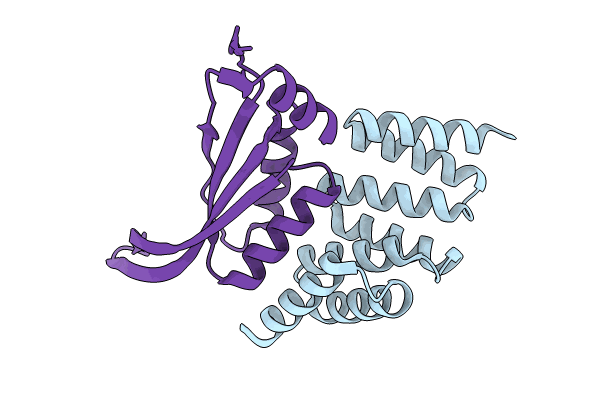
Deposition Date
2023-10-18
Release Date
2023-11-15
Last Version Date
2024-06-19
Entry Detail
PDB ID:
8UMP
Keywords:
Title:
T33-ml35 - Designed Tetrahedral Protein Cage Using Machine Learning Algorithms
Biological Source:
Source Organism:
synthetic construct (Taxon ID: 32630)
Host Organism:
Method Details:
Experimental Method:
Resolution:
2.92 Å
Aggregation State:
PARTICLE
Reconstruction Method:
SINGLE PARTICLE


